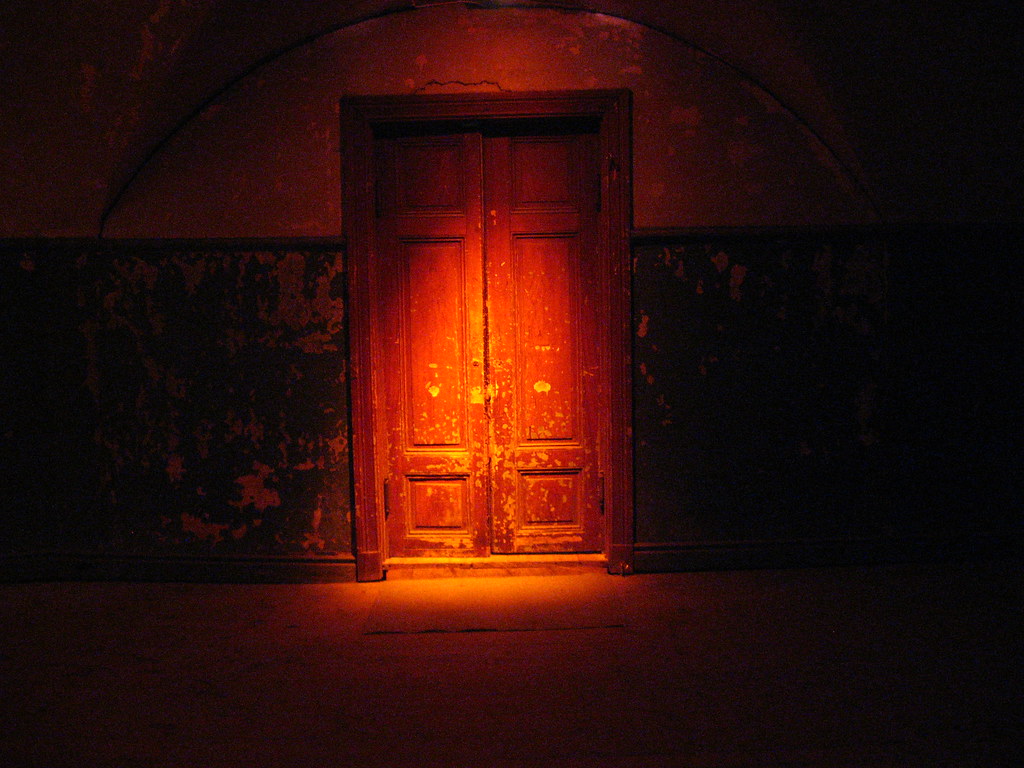
Genie, once labeled as a “feral child” and known for enduring extreme abuse and isolation, remains a subject of both fascination and sorrow.

Found in 1970, the girl called Genie had been confined to a solitary room, deprived of human interaction and language, which led to significant cognitive and linguistic deficits.

Despite her rescue and subsequent care, Genie’s ability to acquire language has remained an enigmatic and partially tragic tale of what might have been.

Genie’s circumstances have provided insights into the nature of language development and the critical periods within which it must occur.

Susan Curtiss, a linguist who worked closely with Genie post-rescue, offered profound insights into Genie’s cognitive and communicative abilities.

“She was smart. She could hold a set of pictures so they told a story. She could create all sorts of complex structures from sticks. She had other signs of intelligence.

The lights were on,” said Curtiss, depicting a Genie who, despite her inability to grasp grammar, showed signs of intelligence and engagement with the world.

Progress initially was promising. She developed social skills and non-verbal communication, expanding her vocabulary and learning to sketch.

However, her story diverged significantly from the inspiring tale of Helen Keller. Instead of a linguistic breakthrough, Genie’s language development hit a plateau.

Her story, in many ways, was a race against time. As researchers and caregivers rallied around her, attempting to rehabilitate and study her simultaneously, ethical concerns began to surface.

There were the scientists and carers who studied and, in some cases, loved her. Their collaboration collapsed into feuds, vendettas and muck-raking.

After funding dried up and Genie cycled through various foster homes, the promise of recovery dimmed. then a series of state institutions under the supervision of social workers who barred access to Curtiss and others. Genie’s progress swiftly reversed, perhaps never to be recovered.

Today, Genie’s whereabouts are kept confidential, and little is known about her current condition.

The once bright spotlight on her case has dimmed, leaving a legacy of academic papers, documentaries, and ethical debates. Yet, for those who knew her, like Curtiss, the emotional impact lingers.

“There is a hole in my heart and soul from not being able to see her that doesn’t go away,” confessed Curtiss, a testament to the enduring human element often overshadowed in such scientific inquiry.
Relevant articles:
– The Enigmatic Journey of Genie: A Feral Child’s Battle with Language After Rescue

